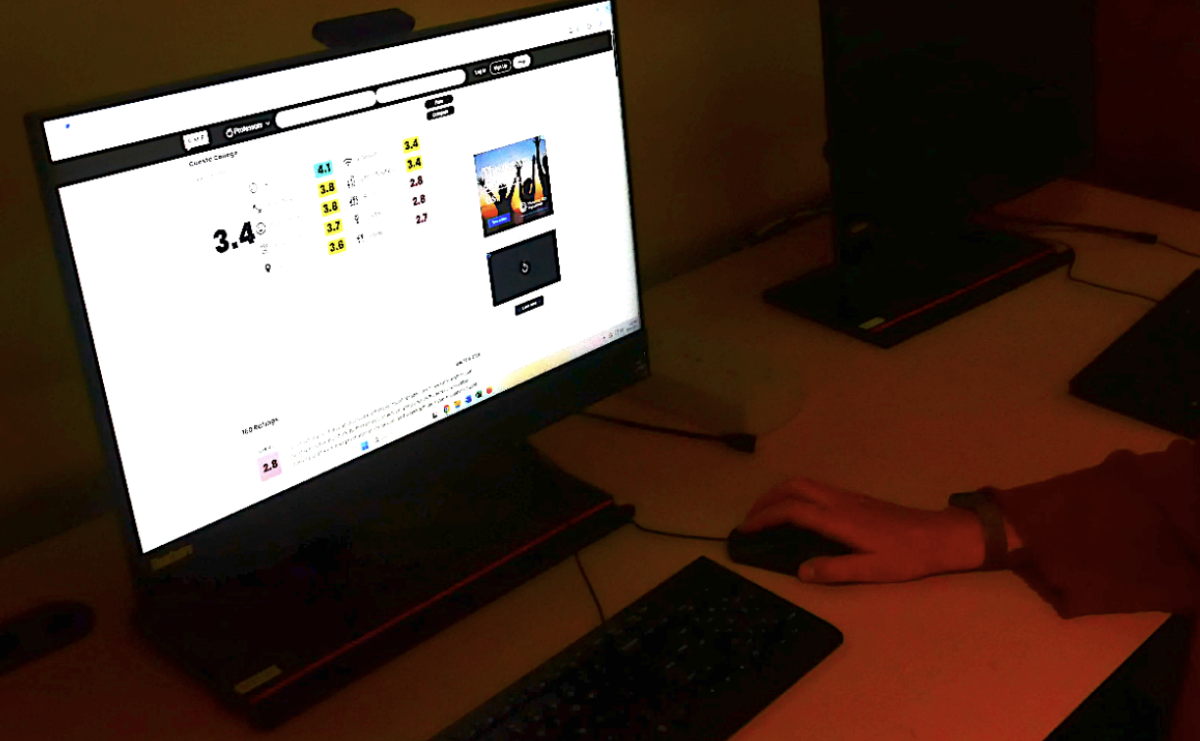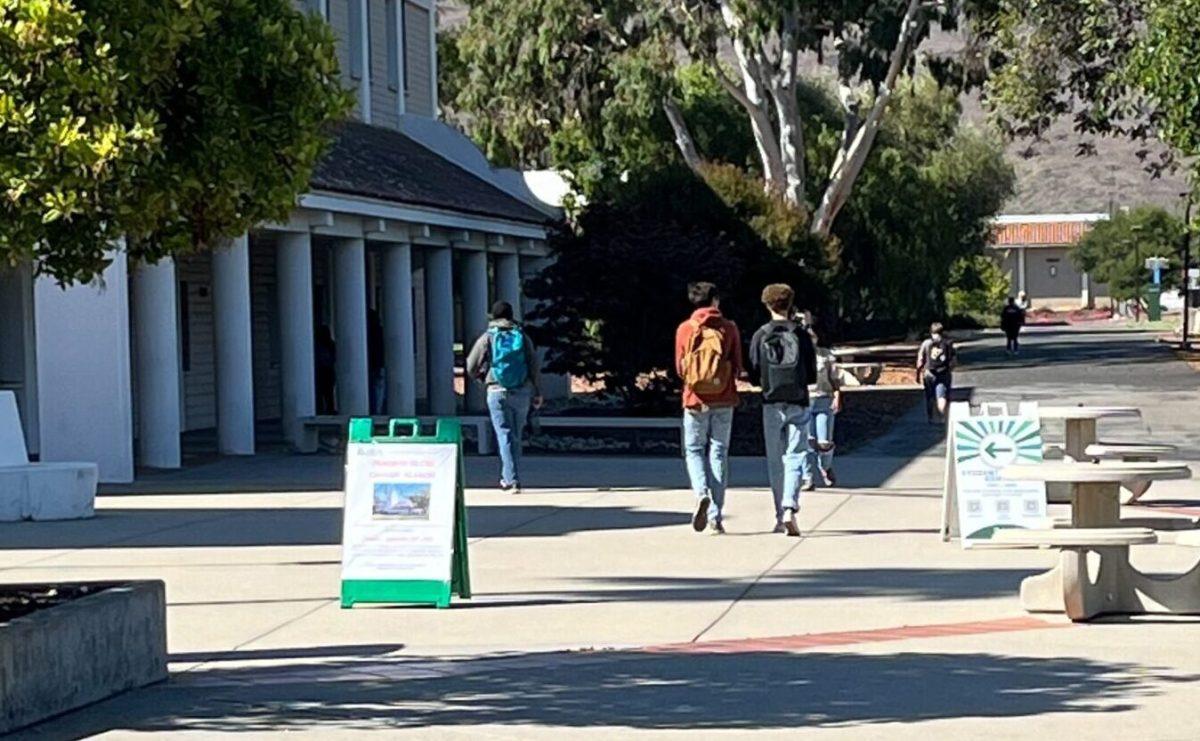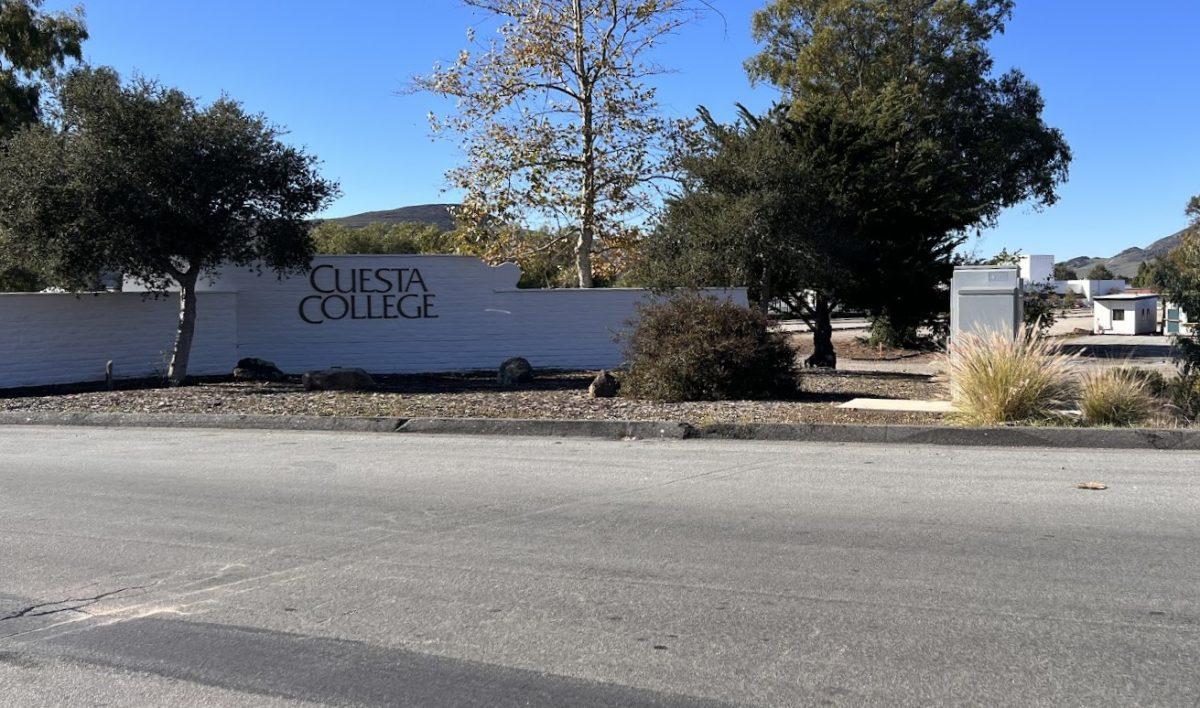California Polytechnic State University, San Luis Obispo is California’s most expensive public university, and the cost of attending the school will increase for new students starting in Fall 2022.Â
During the Fall 2021 semester, the Cal Poly Academic Affairs Office submitted a proposal to increase the university’s college-based fee.
On March 7, students received an email informing them that the proposal was approved for the upcoming school year, meaning that Fall 2022 incoming students would pay an additional $1,361 – $1,908 in fees, depending on their major.
These new fees will increase each year until the 2026-2027 school year. Eventually adding between $3,605-$4,635 to the cost of a Cal Poly education.
To further clarify the new changes, Cal Poly released a video where Cal Poly President Jeffrey Armstrong addressed two main reasons for increasing tuition: providing more financial aid packages and funding academics.Â
Students who are accepted into Cal Poly but reject the offer could have a more affordable option: A university in the UC system.Â
“After financial aid, the cost of attending these colleges is lower than Cal Poly,†Armstrong said.Â
The new college-based fee intends to make Cal Poly more affordable to all qualifying Californians.
“For students with family incomes between $90,000 and $150,000, the increased aid will slow the increase in the total cost of attendance.†stated the college-based fee FAQ.
For students with family incomes of less than $90,000, the increased financial aid will lower their overall cost of attendance. Sixty percent of funds raised by the new fee will fund financial aid packages for low-income students, while the other 40% will fund Cal Poly’s Learn By Doing programs and academic mission.
Cal Poly receives nearly 40% of its overall budget from California and states that government support has fallen by 30% since 1990. Armstrong explains that the new college-based fee will impact students and staff.Â
“Faculty salaries have fallen behind the salaries at comparable schools,†Armstrong said. “If we don’t pay competitive salaries, our amazing faculty won’t be able to thrive.â€
Cal Poly believes that the Learn By Doing Teacher-Scholar model is essential to student and staff success.Â
“Student Learn By Doing requires faculty to have time and energy to supervise, resources to hire assistants or equip labs, and have strong professional networks,†Armstrong said.Â
The college-based fee will provide more academic resources for students. Cal Poly states that roughly 60% of overall funding comes from student fees and tuition, with the other 40% coming from the state of California via taxes. To supplement the state support, Cal Poly has set a goal of raising $50 million by the 2026-2027 school year, stating that additional funding is necessary for their many high investment majors.Â
Cal Poly students have expressed mixed feelings about the new college-based fee.Â
“We already give so much to the school,†said Savannah Pinheiro, a Cal Poly student. “I see the good intentions in the proposal, but it’s one of those things that screw over kids like me who are paying all on their own.â€
Others expressed optimism that the tuition increases could help students in lower socio-economic demographics.
“The tuition increase never feels good for everybody, but if it’s going towards scholarships for low and middle-income people, it’s a great call,” said Andrew Gallivan, a Cal Poly student.
Mistrust is a variable in the tuition increase that students expressed concern with toward the university.
“I feel that putting the burden on the students is deeply unfair, even if it’s necessary,†said Kalyan Samavedam, a Cal Poly student. “Considering Cal Poly isn’t exactly known for being equitable it’s hard to trust at the end of the day. I’d have to see it in action.â€
Cal Poly has published a web page providing information on the new fee. In addition, the university has hosted presentations and open forums on campus to address student questions and concerns.





















